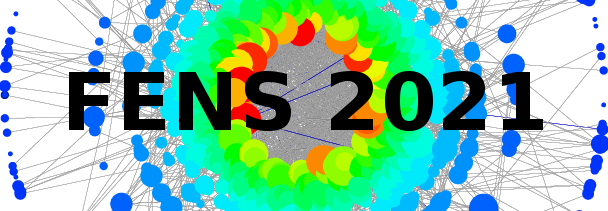Speaker
Description
It is common nowadays to have to deal with information spreading on multilayer networks and often identification of the origin of said propagation can be a crucial task. We examine the issue of locating the source of Susceptible-Infected spreading process in a multilayer network using the Bayesian inference and the maximum likelihood method established for general networks and adapted here to cover multilayer topology. We show how the quality of source identification depends on the network and spreading parameters and find the existence of two-parameter ranges with different behavior. If cross-layer spreading rate $\beta_C$ is low, observations in different layers interfere, lowering precision below that of relying on single layer observers only. On the other hand, if $\beta_C$ is high observations synergize, raising accuracy above the level of a single-layer network of the same size and observer density. We also show a heuristic method to determine in which mode is a system and therefore potentially improving the quality of source localization by rejecting interfering observations.

